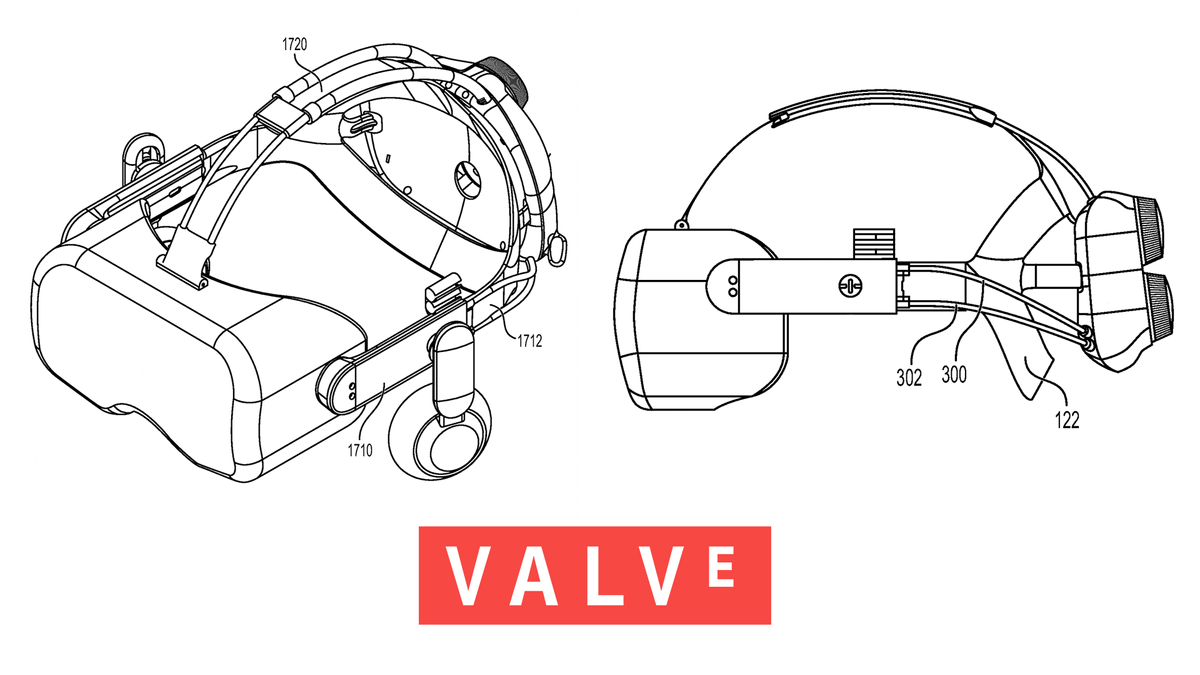A developer ported the first scene of Half-Life: Alyx to Unity to experience it running standalone on Quest 3.
Valve's award-winning AAA VR game is currently for Windows PC VR only. But a long-standing unanswered question looms in the industry: when will it be able to run on standalone headsets, without a PC?
Developer Boris Novikov didn't want to wait for Valve to answer this question. He suspected that the XR2 Gen 2 chipset in Quest 3, which Meta has described as having a GPU as powerful as a 2016 Oculus Rift min spec PC, might already be capable of rendering City 17.
Novikov extracted the 3D assets and sounds from the first scene of Alyx and brought them into Unity, adapting them for the different engine using custom shaders and processing scripts. He then added hand-object interactions by using the Hurricane VR framework, and faked the scene's volumetric effects using the package MicroAVL. And notably, dynamic shadows are present for moving objects.
At Quest 3's default render resolution, with 2x MSAA and fixed foveated rendering enabled, the scene runs at stable 72 FPS when you're looking at some areas and drops significantly while looking at others. Novikov claims these drops are due to dense geometry, and could be solved by simplifying the 3D models used in some places.
Novikov's work here shows that mobile chipsets are surprisingly powerful, and suggests it's technically possible Valve could optimize Half-Life: Alyx to run on Deckard, its upcoming standalone headset which a recent leak revealed should use a similar kind of chip as Quest 3.
However, we should note that this is only the introductory experience of Alyx. There are no enemies or weapons here, and the inclusion of these elements and other complex game logic might significantly impact performance. Further, some other scenes might include such detailed geometry that simplifying it to run on mobile chipsets would be too much of a hit to the artistic intention for Valve to want to greenlight doing so. Our expectation remains that Deckard focuses on wirelessly streaming from your gaming PC, at higher frame rate, resolution, and graphical fidelity than is possible from a mobile chipset.




























